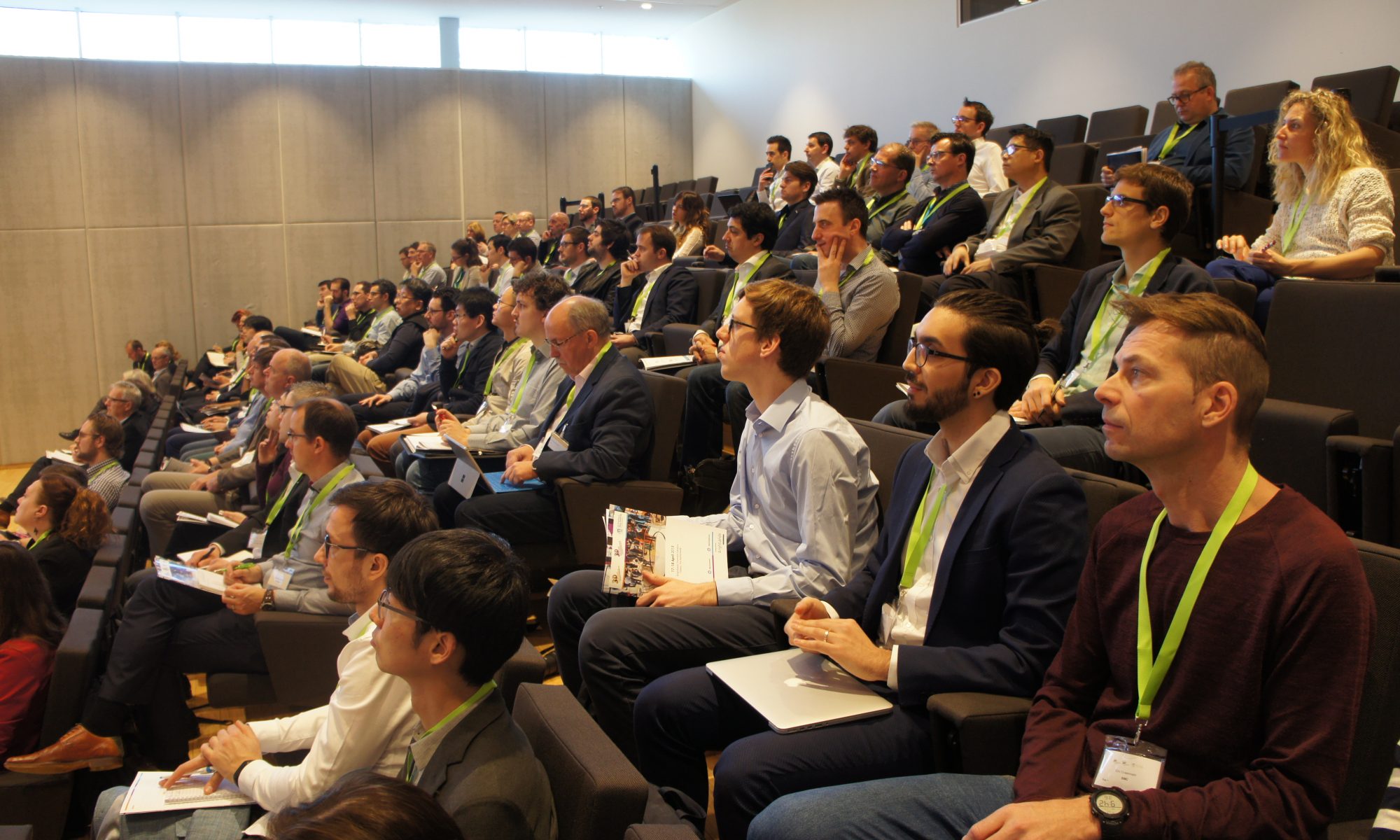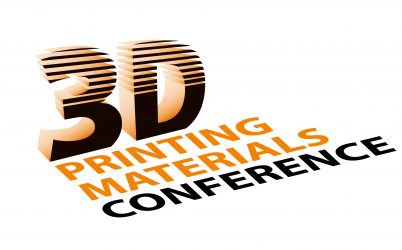

3D printing materials Conference
All the Updates about 3D Printing Conferences
The Potential of 3D Printing in Disaster Relief and Humanitarian Aid
Disasters, whether natural or man-made, are unpredictable and can cause significant destruction to infrastructure and human lives. In the past, relief efforts have been limited by a lack of resources and time, which has resulted in inadequate aid to those in need. However, with the advent of 3D printing technology, there is a potential for more effective disaster relief and humanitarian aid. 3D printing allows for the production of critical items, such as medical supplies, food, and even shelter, in a quick and cost-effective manner. This article will explore the potential of 3D printing in disaster relief and humanitarian aid and discuss some real cases where 3D printing has made a significant impact.
How can 3D printing help people in a natural disaster?
3D printing can provide immediate relief in disaster-stricken areas, where access to critical supplies and equipment is limited. The technology can be used to produce medical supplies, such as prosthetics and surgical instruments, on-site, which can significantly improve patient outcomes. One of the most significant advantages of 3D printing is that it can produce customized products to meet specific needs. For example, in 2016, a 3D printing company, Field Ready, produced prosthetic limbs for earthquake victims in Nepal. The company used 3D scanning technology to create personalized prosthetics for each patient, which improved their mobility and quality of life.
In addition to medical supplies, 3D printing can also be used to produce food and shelter in disaster-stricken areas. In 2015, a team of engineers from the University of California, Berkeley, developed a 3D printer that could create buildings out of cement. The printer was used to construct a small house in 24 hours, which could potentially provide shelter for those displaced by disasters. Similarly, 3D printing can be used to produce food, which could be particularly useful in areas where access to food is limited. In 2013, NASA funded a project to 3D print food for astronauts, which could potentially be adapted for disaster relief efforts.
3D Printing in Humanitarian Aid
3D printing has significant potential in humanitarian aid, where access to essential supplies and equipment can be limited. In 2015, a team of engineers from the University of Toronto developed a 3D printer that could produce prosthetic hands for children in need. The prosthetics were made from lightweight materials, making them more comfortable for children to wear, and were produced at a fraction of the cost of traditional prosthetics.
Another area where 3D printing has potential is in water sanitation. In 2016, a team of researchers from the University of Glasgow developed a 3D printed water filter that could potentially provide clean water to people in developing countries. The filter was produced using a 3D printer and could remove 99.9% of bacteria from water.
The use of 3D printing in humanitarian aid has also been recognized by the United Nations. In 2016, the UN released a report that highlighted the potential of 3D printing in humanitarian aid. The report identified 3D printing as a technology that could be used to produce critical supplies and equipment, such as medical supplies and water filters, in areas where access to such items is limited.
Challenges and Limitations of 3D Printing
While 3D printing has significant potential in disaster relief and humanitarian aid, there are also some challenges and limitations. One of the main challenges is the need for a reliable source of power. 3D printers require a significant amount of energy to operate, which can be a challenge in areas where access to electricity is limited. Another limitation is the availability of materials. 3D printers require specific materials to operate, which may not be readily available in disaster-stricken conditions.